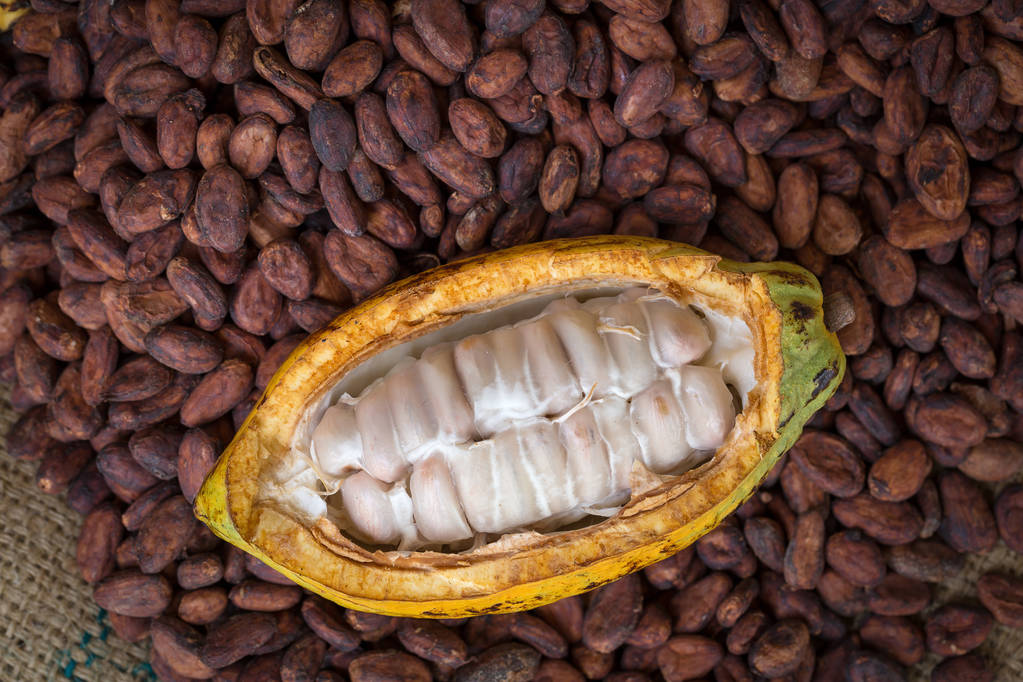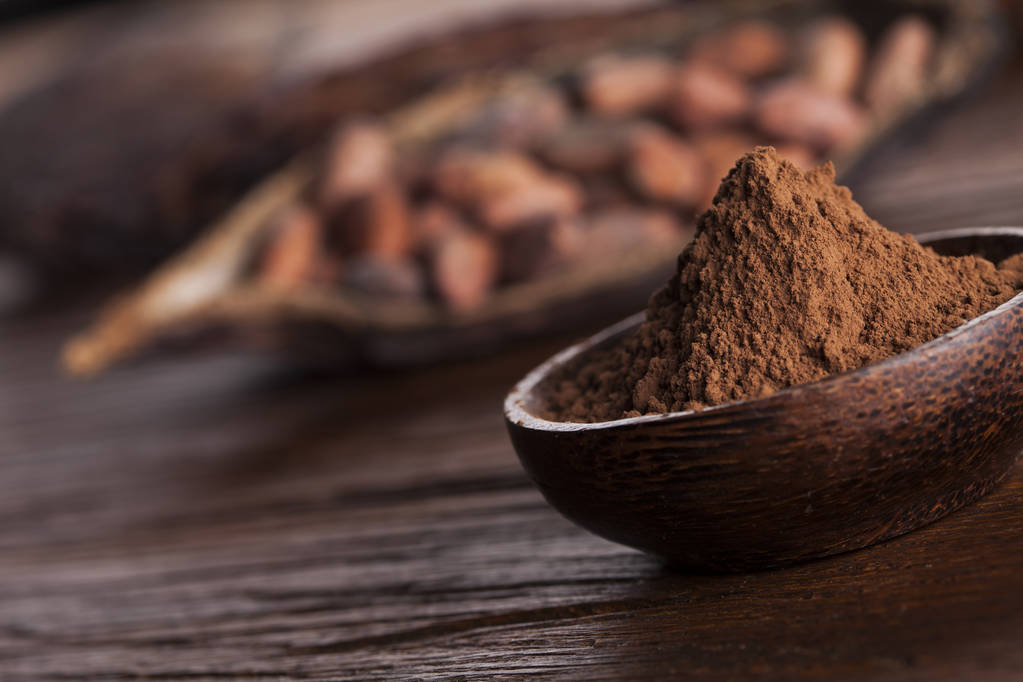Here you can find out exactly what cocoa nibs are all about and what you should consider when buying cocoa nibs.

What are cacao nibs?
Cacao nibs are grated cocoa beans. After harvesting, the beans are broken up, dried and fermented. Only then do they get the typically intense and slightly bitter aroma. You can usually get cocoa nibs in raw food quality, which means they have not been heated above 42°C and are therefore particularly rich in micronutrients.
In contrast, cocoa beans are usually roasted for the production of many cocoa powders, chocolates & Co. and thus lose part of their nutrient content. Since cocoa nibs contain neither sugar, milk nor other additives, they are considered a healthy alternative to chocolate. For example, you can snack on them on their own or use them as an ingredient in chocolate mueslis, nut-fruit mixes or as a topping for smoothie bowls.
Cacao nibs are so healthy
Cacao nibs provide you with around 600 kilocalories per 100 grams. In this respect, they are comparable to many types of nuts. They are also not dissimilar to many nuts in terms of fat content: they consist of around 55 percent fat. However, they consist of slightly more unsaturated fatty acids.
Cocoa nibs have a protein content of around 12 percent and a carbohydrate content of around 5 percent. In terms of micronutrients, they provide you with significant amounts of magnesium, iron and calcium. They also contain larger amounts of vitamin E, some B vitamins and beta-carotene.
Another interesting ingredient in cocoa beans are the so-called flavonoids. These are secondary plant substances that are suspected of being able to slightly lower blood pressure. However, the effect is comparatively small and has not yet been adequately investigated scientifically.
contaminants in cocoa
But cacao nibs don’t just have health benefits. There are two pollutants in particular that are repeatedly associated with cocoa beans:
The heavy metal cadmium is found naturally in the soil. Especially in regions that are close to volcanic rock, the soils are very rich in cadmium. The pollutant then gets into the cocoa beans. If we regularly consume excessive amounts of cadmium, the metal accumulates in the body and can damage our kidneys and bones. That is why there are EU limits for cadmium that food must not exceed. Nevertheless, researchers recommend not to overdo the consumption of foods with a high cocoa content (such as cocoa nibs, pure cocoa powder, dark chocolate).
In addition to other foods such as tea or raw salads, cocoa also contains aluminium. In moderation, the body can simply excrete this through the kidneys. However, if we ingest too high amounts or already suffer from a certain previous illness, aluminum can damage the nervous system, the kidneys, bones and, in women, the development of the embryo. You don’t have to do without cocoa products completely. However, this is another reason to consume them in moderation.

How sustainable are cacao nibs?
Cocoa trees require a sufficiently warm and humid climate. Accordingly, they are grown in tropical areas, especially in the Ivory Coast, Ghana and Indonesia. This means that cocoa nibs have to travel long distances to Germany and are therefore problematic from an ecological point of view due to the poor ecological balance.
In addition, people on cocoa plantations often have to work under inhumane conditions: Adults and children work without occupational safety, have enough food and drink in the scorching heat, suffer from injuries and illnesses and are fobbed off with starvation wages.

